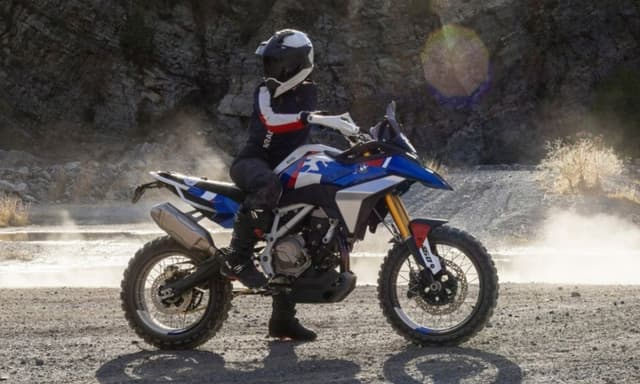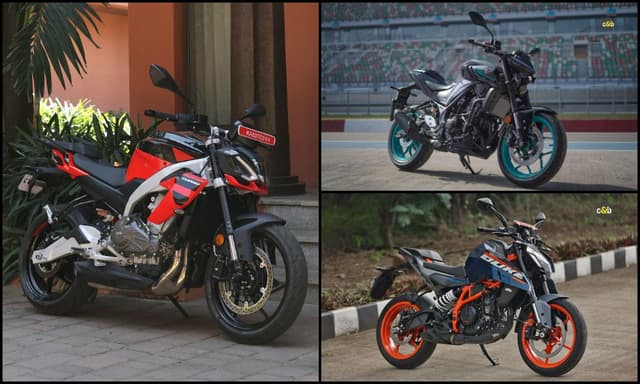Three Types Of Air Charging Methods Used In Automobiles

Highlights
A typical forced air induction setup consists of 3 major components. The compressor driver, the compressor and the intercooler. In the setup, the intercooler which cools down the heavily compressed air is consistent through any type of system. Based on the differences in the compressor driver and type of compressor, forced induction systems are mainly classified into two types.
Turbocharging:

Photo Credit: en.wikipedia.org
In this method, the air density is increased with the assistance of the engine's own exhaust gases. A typical turbocharger assembly consists of turbines for driver side as well as compressor side. The driving turbine runs on the exhaust gases of the engine and is directly connected to the compressor turbine. When this compressor turbine reaches a minimum threshold speed, it starts compressing the air to the desired boost pressure required to generate the extra power. A turbocharger system is the most energy efficient method of forced induction since it uses nothing but the engine's exhaust gases to increase the boost pressure. But this method has drawbacks too, which are being resolved with technological advancements. The most common technology put at use is the variable geometry turbocharger where the compressor turbine's vane geometry is designed in such a way that the user feels minimal turbo lag.
Supercharging:

Photo Credit: en.wikipedia.org
A supercharging system utilizes the engine power instead of exhaust gases to drive the compressor component. Though it is quite evident that a supercharger assembly is not much energy efficient like a turbocharger, it compensates for the lack in efficiency by providing pressure boost without any lag. The compressor part of the supercharger system is of three major types. A roots-type supercharger makes use of two intermeshed paddles which compress the air by positive displacement while spinning and thereby compress the air at a same rate per rotation across the entire engine speed range. A screw-type supercharger is similar but more complex, however, it is also more efficient in comparison with roots type supercharger. The final type of supercharger is a centrifugal supercharger which does not compress the air like any other positive displacement supercharger but like a typical turbocharger.
Twin-Turbocharging and Twincharging:

Photo Credit: www.bmwblog.com
With increased research in both turbocharger and supercharger technologies, we have come up with solutions to improve all the issues that cropped up with these two technologies. A typical twin turbocharger has dedicated turbochargers for low engine speeds and high engine speeds. This helps us take advantage of both worlds with low turbo-lag and low boost pressure of a smaller turbo as well as high boost pressure and operating speed of a larger turbo. Some twin turbo systems use a smaller turbo to boost the air to a minimum threshold pressure which is then further boosted to desired pressure by the larger turbo. A similar system that involves a supercharger replacing the smaller turbocharger, known as a twincharger setup, is used to attain constant boost pressure throughout the engine speed range.














